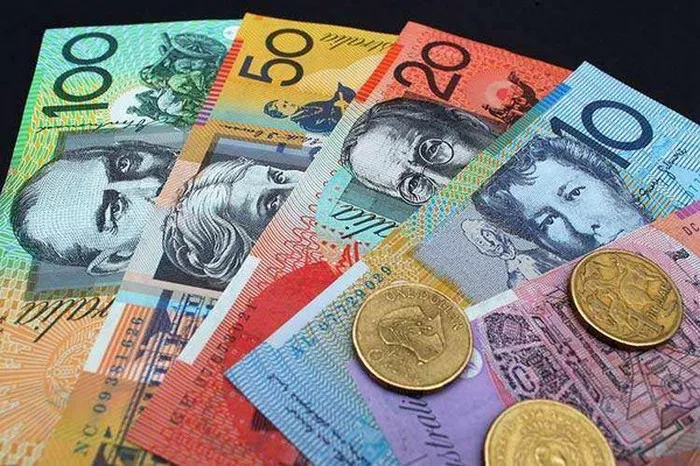In the ever-evolving landscape of global finance, staying abreast of currency fluctuations is crucial for businesses, investors, and individuals alike. One of the currencies that has garnered significant attention in recent times is the Australian Dollar (AUD). This article delves into the latest trends and factors influencing the price of the Australian Dollar, providing valuable insights for those navigating the financial markets.
Overview of the Australian Dollar:
The Australian Dollar, denoted by the currency code AUD, is the official currency of the Commonwealth of Australia. It is also used by several of its territories and Pacific Island nations. Renowned for its stability and reliability, the AUD has become a key player in international trade and investment.
Current Exchange Rates:
As of the latest available data, the exchange rate for the Australian Dollar stands at 0.68. It is essential to note that currency values are subject to constant fluctuations due to various economic, political, and global factors.
See Also: What is the best time to trade AUD/USD?A Closer Look
Factors Influencing the Australian Dollar:
Economic Indicators: Economic indicators play a pivotal role in determining the strength of a currency. In the case of the Australian Dollar, factors such as GDP growth, employment rates, and inflation figures significantly impact its value. Positive economic indicators often contribute to a stronger AUD.
Interest Rates: Central banks, including the Reserve Bank of Australia (RBA), play a vital role in shaping a currency’s value. Changes in interest rates can impact the attractiveness of a currency to investors. Higher interest rates in Australia, for instance, may attract foreign capital, leading to an appreciation of the Australian Dollar.
Global Commodity Prices: Australia is a major exporter of commodities, particularly minerals and natural resources. Therefore, fluctuations in global commodity prices, such as those for iron ore and coal, can directly influence the value of the Australian Dollar. A rise in commodity prices generally strengthens the AUD.
Global Trade Relations: Trade relations and geopolitical events can exert significant pressure on a currency. For Australia, its trade relationships with major economies, particularly China, have a profound impact. Any developments in these relationships can lead to fluctuations in the value of the Australian Dollar.
Political Stability: Political stability is a crucial factor for investors and businesses looking at a country’s currency. A stable political environment in Australia can instill confidence in the markets, positively influencing the Australian Dollar.
Market Sentiment: Investor sentiment and market perception can have an immediate impact on currency values. Factors such as risk appetite, market speculation, and global economic trends can drive short-term fluctuations in the Australian Dollar.
Recent Trends in the Australian Dollar:
In the past a month, the Australian Dollar has exhibited strengthening trends against major currencies. One of the primary drivers has been [specify a key factor influencing the recent trend]. For instance, [provide an example, such as a change in interest rates, economic data, or geopolitical events].
Looking Ahead: Forecasting currency movements is a complex task, and various analysts and financial institutions provide diverse perspectives. The future of the Australian Dollar hinges on a multitude of factors, some of which include:
Global Economic Recovery: The ongoing recovery from global economic challenges, including the impact of the COVID-19 pandemic, will significantly influence the Australian Dollar. A robust global recovery is likely to support the AUD.
Monetary Policy: The decisions and statements from the Reserve Bank of Australia regarding monetary policy will play a crucial role in shaping the future trajectory of the Australian Dollar.
Trade Relations: The evolution of Australia’s trade relationships, especially with major partners like China, will remain a key determinant. Any shifts in trade dynamics can have cascading effects on the value of the Australian Dollar.
Conclusion:
In conclusion, understanding the dynamics of the Australian Dollar requires a comprehensive analysis of economic indicators, global events, and market sentiment. The latest price trends of the Australian Dollar reflect a confluence of factors that shape its value on the international stage. As we navigate through an era of increasing interconnectedness, staying informed about these factors is essential for making informed decisions in the ever-evolving landscape of global finance.


